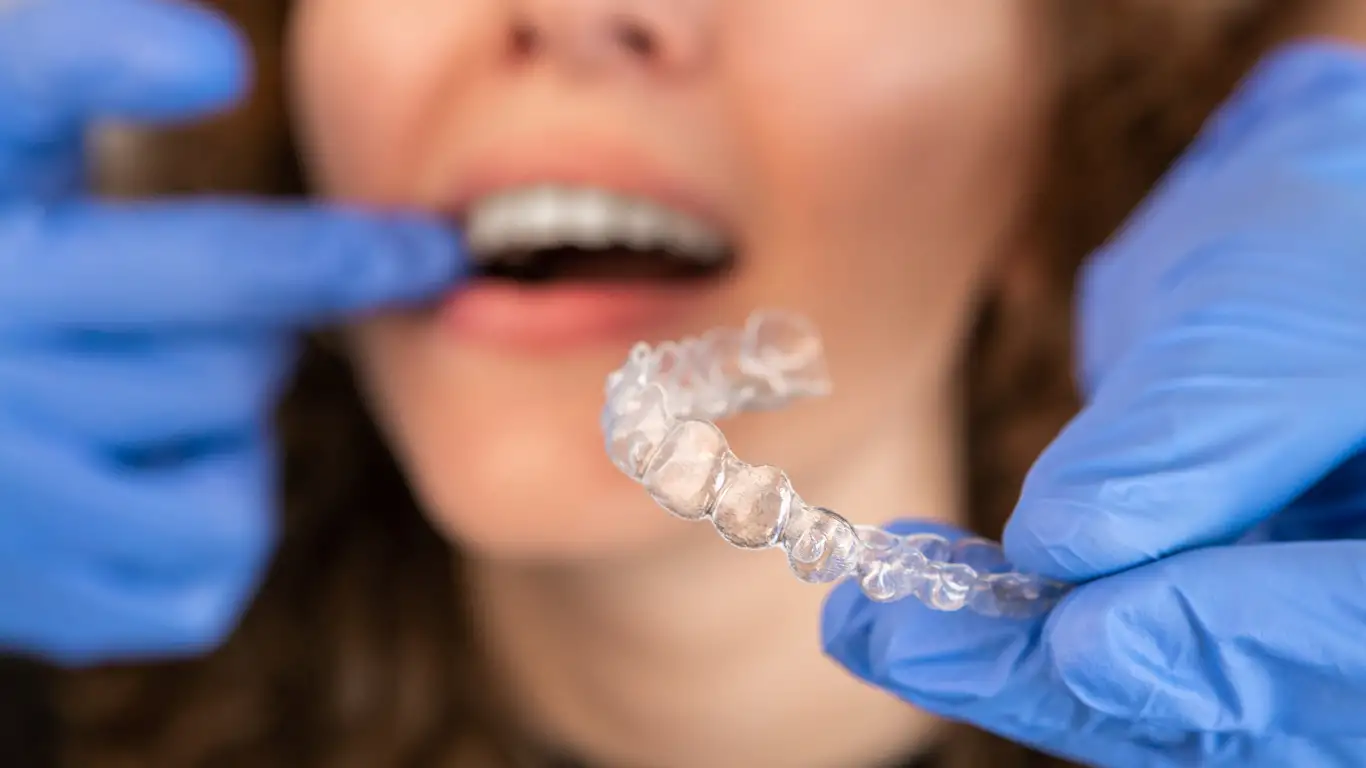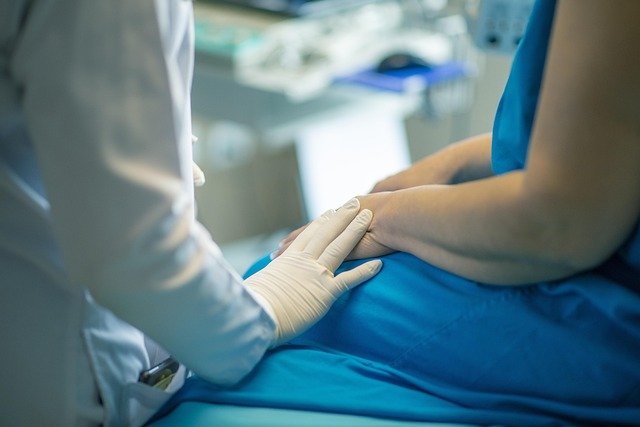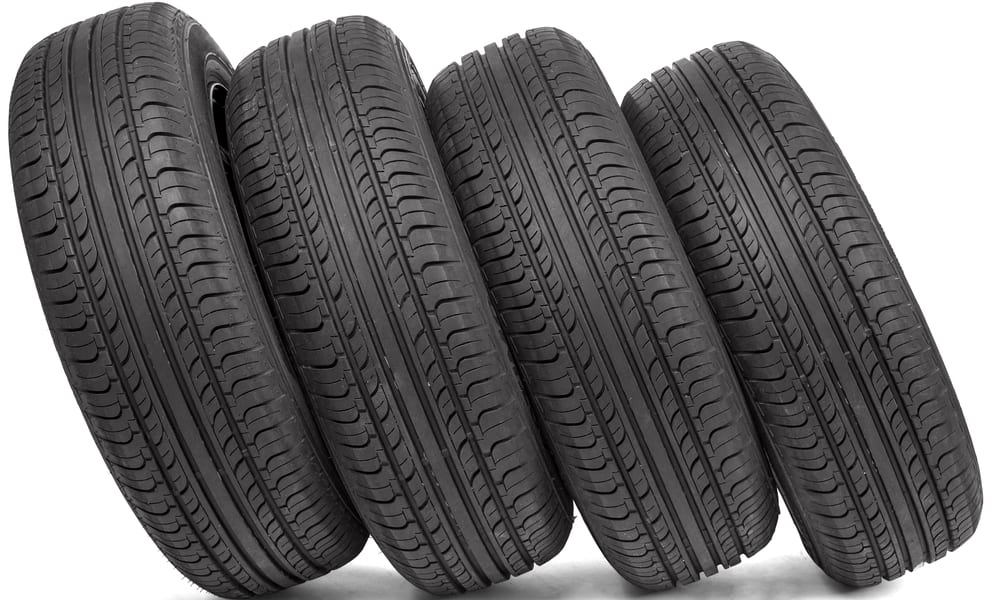A complete guide to the orthodontic process, costs, and precautions!
Orthodontics corrects misaligned teeth and malocclusions through the use of braces. This improves chewing function, oral health, facial aesthetics, and self-confidence. The process includes an initial examination, oral cleaning, fitting the braces, regular checkups, and fitting retainers. Common types of braces include metal brackets, ceramic braces, lingual braces, and invisible braces. Both adults and adolescents can undergo orthodontic treatment, but the duration and results vary depending on individual circumstances.

Orthodontic treatment represents a significant investment in both oral health and personal confidence. Modern dentistry offers numerous pathways to achieve properly aligned teeth, each with distinct advantages, timelines, and financial considerations. Understanding these options empowers patients to select the most suitable approach for their specific needs and circumstances.
What Does “I Want to Fix My Teeth” Actually Mean?
The desire to improve dental alignment encompasses various concerns, from minor spacing issues to complex bite problems. Orthodontic correction addresses crooked teeth, gaps, overcrowding, and jaw misalignment. Treatment goals typically include improved chewing function, easier oral hygiene maintenance, and enhanced facial aesthetics. Professional evaluation determines whether issues are purely cosmetic or involve functional problems requiring intervention.
Understanding Teeth Clip Cost and Treatment Expenses
Orthodontic treatment costs vary significantly based on complexity, duration, and chosen method. Traditional metal braces typically range from $3,000 to $7,000, while ceramic braces cost between $4,000 and $8,000. Clear aligners generally fall within $3,000 to $8,000 range. Lingual braces, placed behind teeth, often exceed $8,000 due to specialized placement requirements.
Insurance coverage varies, with many plans covering 50% of treatment costs up to lifetime maximums around $1,500 to $3,000. Payment plans and financing options make treatment more accessible, allowing monthly payments over extended periods.
How Can I Fix My Teeth Effectively?
Successful orthodontic treatment begins with comprehensive examination and treatment planning. Digital imaging, X-rays, and dental impressions create detailed treatment roadmaps. Active treatment phases involve regular adjustments and monitoring, typically requiring monthly appointments. Patient compliance with oral hygiene protocols and dietary restrictions significantly impacts treatment success and duration.
Retention phases following active treatment prevent teeth from shifting back to original positions. Retainers, worn according to orthodontist instructions, maintain achieved results long-term. Some patients require permanent retention solutions to preserve alignment permanently.
Can You Straighten Teeth Without Braces?
Several alternatives to traditional braces exist for specific cases. Clear aligners like Invisalign use removable trays to gradually move teeth. Dental veneers can create the appearance of straighter teeth without actual movement, suitable for minor cosmetic improvements. Retainers may address very minor spacing issues in certain situations.
Orthodontic appliances like expanders address jaw width problems, while functional appliances correct bite relationships. Each alternative has specific indications and limitations, requiring professional evaluation to determine suitability.
| Treatment Type | Average Cost Range | Treatment Duration | Key Features |
|---|---|---|---|
| Metal Braces | $3,000 - $7,000 | 18-36 months | Most affordable, highly effective |
| Ceramic Braces | $4,000 - $8,000 | 18-36 months | Less visible, similar effectiveness |
| Clear Aligners | $3,000 - $8,000 | 12-24 months | Removable, nearly invisible |
| Lingual Braces | $8,000 - $13,000 | 18-36 months | Hidden behind teeth |
Prices, rates, or cost estimates mentioned in this article are based on the latest available information but may change over time. Independent research is advised before making financial decisions.
Essential Precautions During Orthodontic Treatment
Orthodontic treatment requires heightened attention to oral hygiene and dietary modifications. Thorough brushing and flossing become more challenging but increasingly important to prevent decay and gum disease. Special cleaning tools like interdental brushes and water flossers help maintain cleanliness around brackets and wires.
Dietary restrictions protect orthodontic appliances from damage. Hard, sticky, and chewy foods can break brackets or bend wires, potentially extending treatment duration. Emergency appointments for repairs add unexpected costs and delays to treatment progress.
Regular professional cleanings every three to four months help maintain optimal oral health throughout treatment. Fluoride treatments may be recommended to strengthen enamel and prevent white spot lesions around brackets.
Orthodontic treatment transforms smiles and improves oral health when approached with proper planning, realistic expectations, and commitment to prescribed protocols. Professional guidance ensures safe, effective treatment tailored to individual needs and circumstances. The investment in orthodontic care provides lifelong benefits in both function and aesthetics, making it a valuable consideration for those seeking dental improvement.
This article is for informational purposes only and should not be considered medical advice. Please consult a qualified healthcare professional for personalized guidance and treatment.




